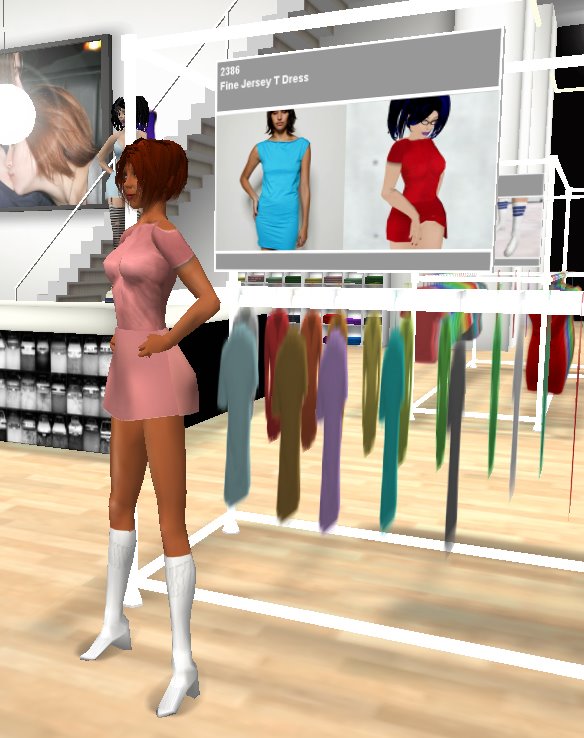Last month it was confirmed that product placement would be permitted on British TV. It is perhaps a move to address the advertising efforts that are perhaps wasted due to viewers choosing to record or pause programmes in order to skip adverts. This move is likely to provide more advertising revenue for TV broadcasters.
Last week I was watching the 10o’clock live show, and saw the following segment on product placement:
It basically just mocks the idea that product placement won’t be obvious, especially as it’s so obvious on some American programming. For example, an American show that is well known for its product placement is American Idol where not only do the judges have Coca-Cola cups (which they hardly drink from), but during the elimination episodes contestants sit in a Coca-Cola room.
Viewers are already aware of and familiar with product placement on TV shows and in movies. However, product placement is also being used in books, which people may be less aware of.
This article on talks about how companies commission authors to write books that will prominently feature their brands and products.
'The world-famous jewelry company, Bulgari, paid noted British author Fay Weldon to write a novel that would feature Bulgari products. The commissioned work was to be given as a present to an elite group of Bulgari clientele. Not only did Weldon agree to the deal, but she eventually took her work public.'
I was completely unaware that this was even possible to do. It makes you wonder how many of the references to brands that have been made in the books we read have been paid for. A few of the reviews on Amazon for Weldon’s novel ‘Bulgari Connection’ comment on the fact that she hasn’t really sold out by writing the novel as it is still typical of her style of writing. However, I don’t really agree with this kind of product placement as it sounds like the whole purpose of the book was to simply advertise Bulgari’s products. There’s nothing subtle about it and it all feels very intrusive. How can something as simple and personal as reading a book become a medium for selling products?
It gets worse though. Bulgari isn’t the only company to do this. Product placement is also very prominent in children’s educational books. In ‘The Oreo Cookie Counting Book’ oreo cookies are used to help teach children how to count. On one of the pages the author writes: ‘10 little OREOs all in a line. Dunk one in a glass of milk, and now there are…’
This type of product placement may have felt a bit more innocent had there been no mention of dunking the oreo cookies in milk – a pairing often made in their advertising. It just makes these books feel like an extension of their advertising. Or maybe it’s just a ‘subtle’ attempt to advertise to young children without actually advertising to them on TV as it’s perhaps banned, because of course children are going to want real oreos to help them count after reading the book. It’s just a bit sad that something as innocent as learning how to count has to become an opportunity to advertise.
As hypocritical as this may sound, as an advertising student I think it’s a clever idea and ignoring how I feel about it the book itself looks really cute.



